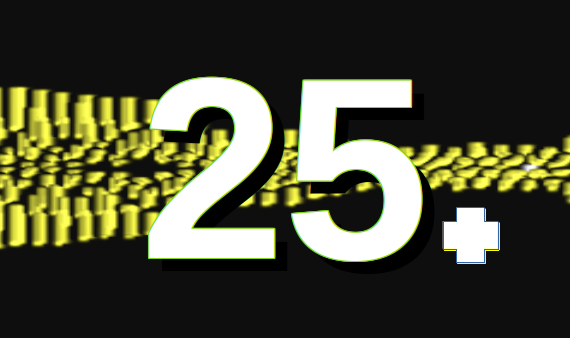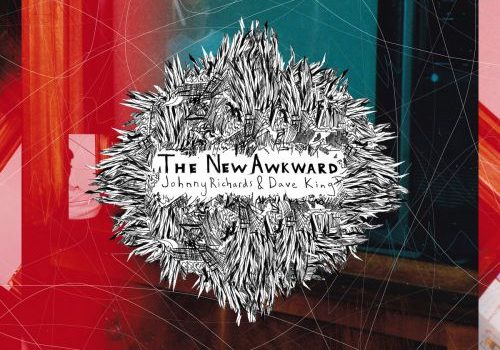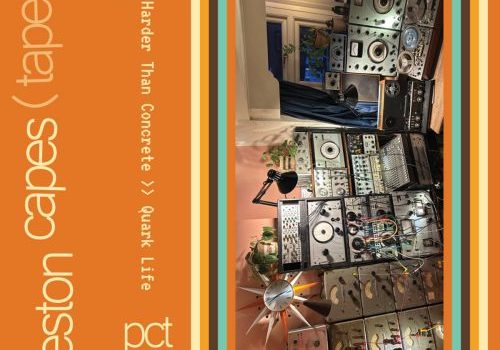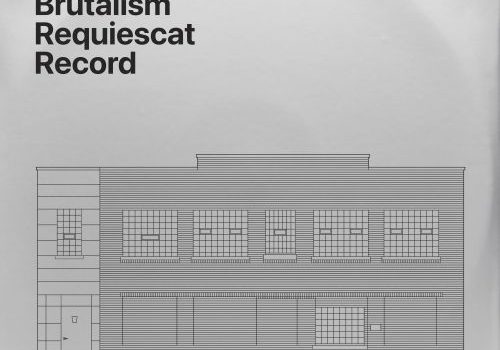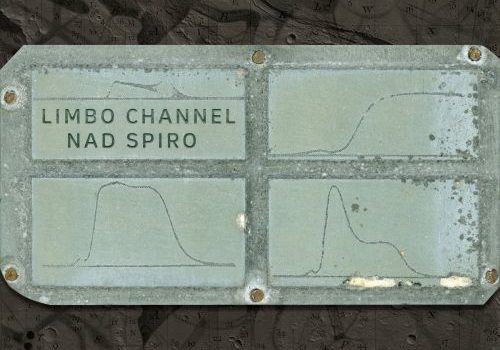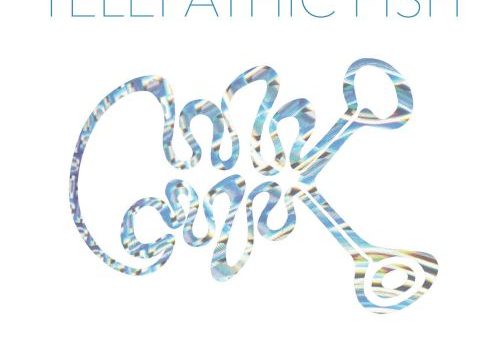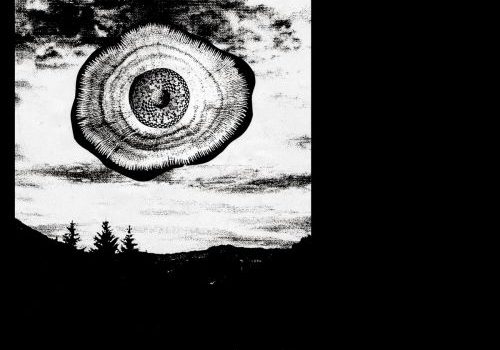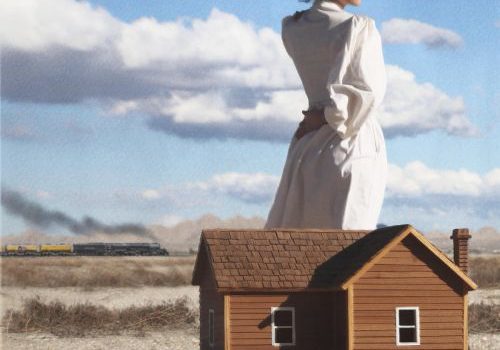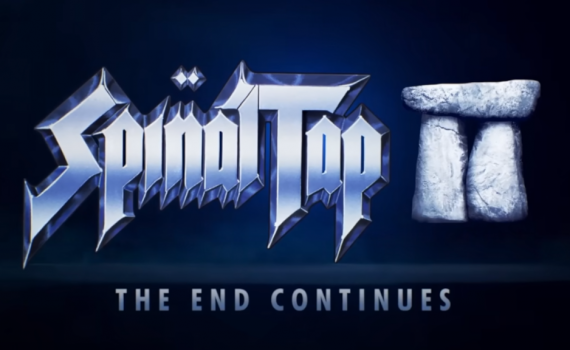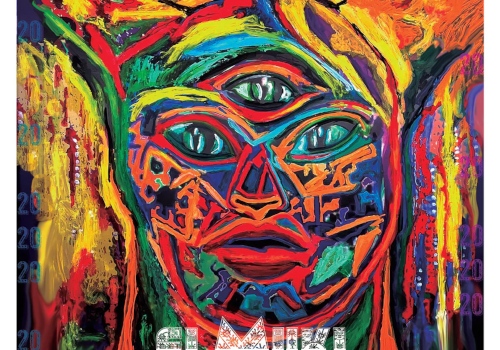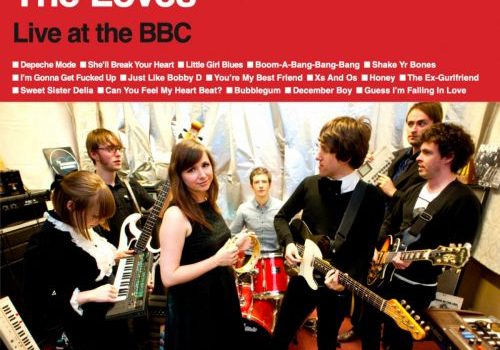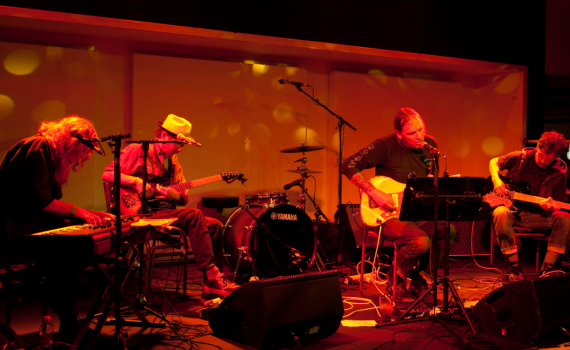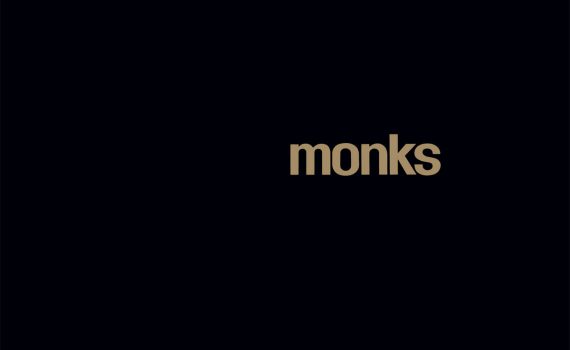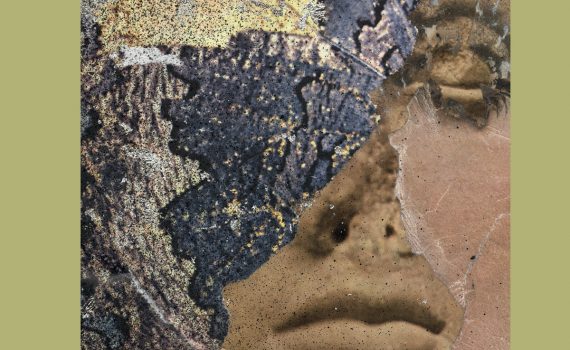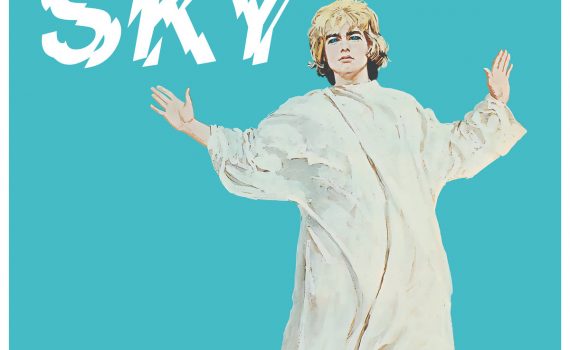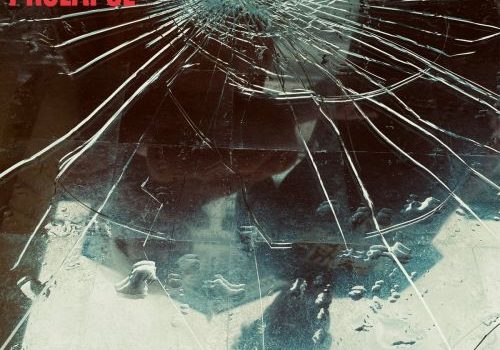Freq has been online in various forms since 1 April 1998; this iteration has been around as of 2010, with an archive of older material available.
Spread across ten tracks, Four Ways To The Sun highlights Georgia's warm, mysterious voice and paints her imagery in a balm of soft focus jazz and folky flecks. It is a dreamy, ethereal sound that opens the album with a voice that has a depth but sounds cool; languid.
It is always a pleasure and a journey of discovery to receive a new Bobby Conn album and even after nearly thirty years of releasing his personal yet immensely memorable missives, this latest, his second for relatively new home Tapete and first since 2020’s Recovery is a real game of two halves and quite the curveball.
Experimental pianist and composer Johnny Richards is probably best known for his part in Shatner’s Bassoon, but has done plenty of other genre pushing collaborations. For his latest, he teams up with Bad Plus drummer Dave King and by a series of transatlantic transactions, they have stitched together a suite of ten personal and complex pieces that required Johnny’s piano to be treated in various ways to provide an extraordinary array of sounds and textures.
Venturing once more into the overflowing world of wires, elemental sounds and wordlessly channelled conceptualism brings us to three more new things from electronic explorers from across the globe.
Another well-chosen but overlooked group reconvening with a release on Computer Students is Knoxville, Tennessee's New Brutalism who, as the name may suggest, purvey a sharp modern high-intensity take on punk rock that melds a kind of Chicago dynamism with LA ire
Cusping the halo of consciousness, Rosa Arruti AKA Nad Spiro conjures up a sonically charged space full of moth-like flutters and abstracted transits on Limbo Channel. An investigative inventory of sibilant vocals and murmuring otherness that flutter-flowers your skull in broken orbits and Coil-like elves.
...chill out and really feel the music move around you. This collection, the first to really embrace the ethos of the nights, brings together some favourites of those involved and runs the full range from sleepy drift to more funky groove and is a great reminder of what was special about this period.
...continuing to approach the sound horizontally was the breakthrough he needed to bring the album to its inevitably longitudinal conclusion. Instead of a singular piece lasting an LP’s length, we are given the pleasure of listening through four variations of the soma-induced trance brought about by the brave new world of Synestopia
At this point in the lifespan of Sloan, a new studio album is not really about reaching out to new audiences. It’s much more about sustaining creative consistency and keeping the Canadian power-pop institution’s adherents attached.
...conjures up ten windswept songs of yearning and love with a voice that is warm and worn but bright like the desert sun. Mostly on acoustic guitar or piano with some string embellishments, the songs echo through the desert canyons, moving languidly, shimmering guitar often sparing through the thin desert air.
Everyone’s favourite ersatz heavy metal band is well and truly put back together for a sequel to one of the cultiest films ever cultivated, 1984’s groundbreaking and enormously influential mock-rockumentary This Is Spinal Tap. They’re strapping on their axes and slogging through their greatest hits one more time, aiming their satirical rapiers at a music industry that’s since changed beyond all recognition.
With songs generally written by trumpeter Gabriel Alegria or sax player Laura Andrea Leguia, those instruments tend to be at the forefront, but they are only a part of a series of ever-evolving soundscapes which with the wonderfully sinuous Mario Cuba on bass and Hugo Alcazar on drums with Freddie Lobaton adding percussion really swing.
“Hey hey, my my, indie-pop can never die,” as Neil Young didn’t quite sing. From the boom years during the 1980s and into the 1990s, through a lower-profile but still fecund 2000s to 2010s and into the ongoing revival of the 2020s, the combination of independent-mindedness and a deep-seated love of melody, has sustained a cross-generational thread. The following three releases – one archival and two brand new – convincingly confirm this somewhat comforting sense of continuity and survivalism, whilst also capturing the internal diversity of it all.
A show of shimmery frets and arrowed harmonics carpeted in the subtle ebb of swirling effects. The bayoneted brilliance of Tom Greenwood’s words hazily biting that drumless flow.
Over the course of the next year, the band evolved a unique musical style: stripped-back and heavily focussed on rhythm, powered by new equipment including the crunchy Maestro Fuzz-Tone pedal, and embellished with unusual instrumentation such as the banjo, which more than one observer has seen as being as integral to their unique style as was the jug to that of The 13th Floor Elevators.
Alone on piano, synth, harmonium, autoharp and drum machine, the album veers between three different recording sessions and switches from pensive echo-laden minimalism to deliberately mis-stepped but more elaborate pieces that show a unique approach to keyed instruments.
The eerie pull of Sky's otherworldly atmosphere was ignited by Eric Wetherell's soundtrack that for its time felt futuristic. Butterings of tensive harpsichord along with glockenspiel, timpani and cello that verged towards the experimental...
...deeply omnivorous plundering from whatever sources serve the band’s collectivist broken mirror reflections upon the world. A modus operandi that is also visually illustrated by a none-more-fitting front cover image.
